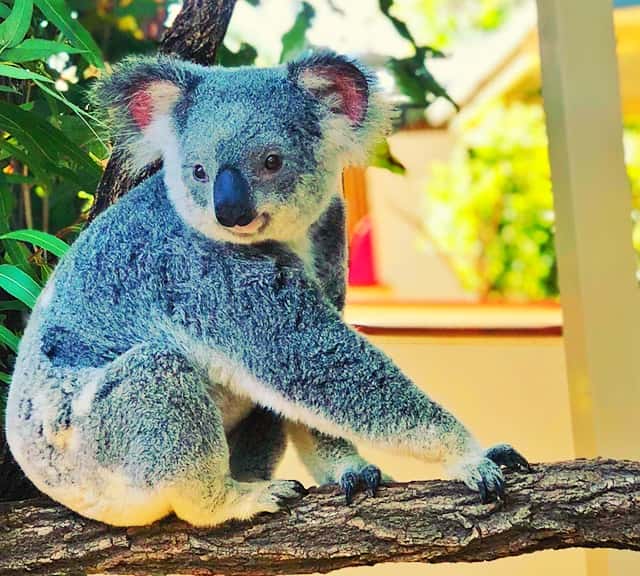Population of Koalas
According to the Australian Koala Foundation (AKF), there are as many as 85,000 wild koalas living at the Australian continent. Since there are no advanced mechanisms for measuring koala population till now, the Australian Koala Foundation (AKF) has given a tentative range about the koala population which is in between 48,000 to 85,000. In fact; many animal rights groups have quoted the figure of 48,000 for the wild koala population across the continent of Australia.
There are as many as 85,000 koalas across the continent of Australia. The Australian Koala Foundation has given a tentative figure of 47,000 to 85,000 for the wild koalas in Australia.
As a matter of fact, both of these figures are quite alarming about an animal which had its count as much as 10 million in numbers in 1788. Onwards; when the European settlers entered the continent of Australia, the animal which has thrived in millions for millions of years is now just in thousands which is quite alarming indeed.
Koalas' Population
85,000
Source
Australian Koala Foundation (AKF)
Tentative Population Figure
48,000 to 85,000
Population in 1788
10 Million Koalas
200 Year Population Decline
Millions to Thousands only
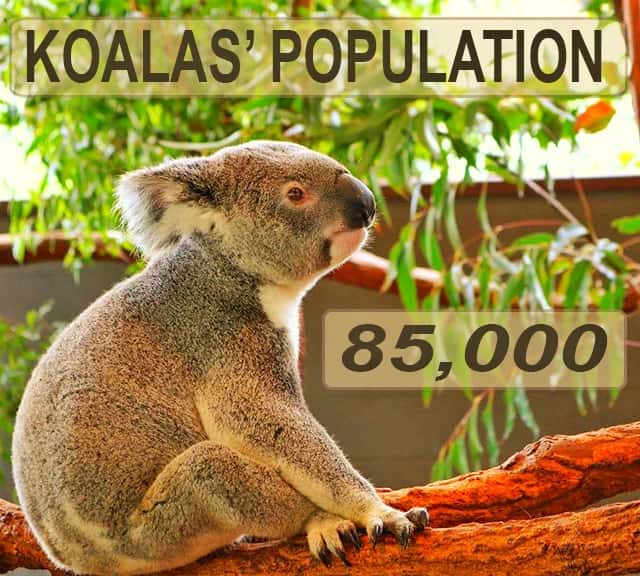
A few centuries ago, the koalas were once widespread throughout central, eastern and southern regions of Australia. Today's Australian koala population mostly resides at the eastern and southern coastal areas only. Even within these areas, the koalas are either considered vulnerable or on the brink extinction or estimated to be extinct. Queensland is the biggest culprit in this regard, where the koala population has declined from 60,000 to just 23,000 within the span of just few years.
Almost all the Koala regions across the Australian continent are facing a major decline within the koala population. Queensland has lost almost 50,000 koalas in the last decade or so.
Experts have predicted that the population of the koalas in some of the Australian regions such as the New South Wales will be totally extinct by 2050, if the current implementations and trends kept on going within the region. As of 2019, this region has about 16,000 koala inhabitants while over the past 20 years, the region has lost significant numbers of its koala population.
Queensland Koalas' Population
23,000 only
Queensland Koalas' Decline
60,000 to 23,000
New South Wales (NSW) Koalas
16,000 koalas
NSW Prediction
Koalas will be Extinct by 2050
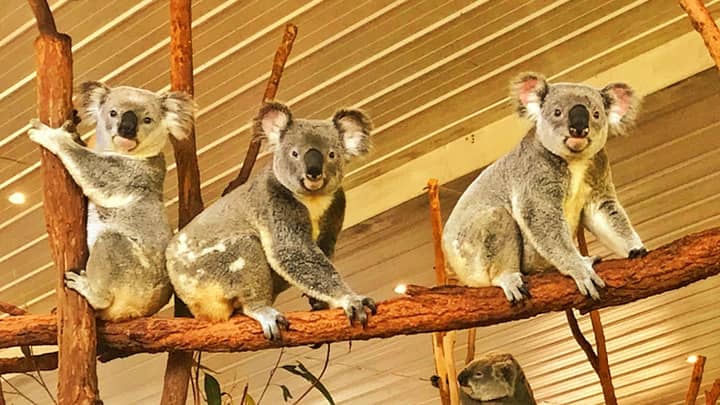
Victorian region is one of the few regions form Australia with a stable koala population of about 28,000 but this may not be the case any further as the habitat loss is starving the koalas to diminish as well. There are oodles of koalas within the Victorian region but there aren't enough trees for them to feed any further.
Victoria has the best record of Koala conservation with as many as 28,000 koalas in the region, but recently the region has no room to support for its growing numbers of koala population any further.
Therefore; the Victorian region at the moment has no room to conserve its growing numbers of koala population. The last dominant koala region in Australia is its Southern region with as many as 19,000 koalas in its territory. Koalas in some of the Southern Australian regions such as the Port Adelaide have become extinct while in some areas such as Wakefield and Makin, they are about to get extinct.
Victorian Koalas' Population
28,000 only
Population Growth in Victoria
Not Expected
Biggest Threat
Habitat Loss & De-forestation
South Australia's Koalas
19,000
Koalas Extinction
Port Adelaide & Wakefield

The koala population decline appears to be an ultimate disaster and over the years a lot of factors have significantly contributed to this decline. But when did it actually happen? The biggest factor goes back to the arrival of the European settlers at the Australian continent. The settlers found Koalas' fur very attractive and they started to kill these animals for the fur trade. At that time the koalas were in abundance, it was easier to spot them and even more easier to hunt them down.
The European settler had an unstoppable hunting of the koalas because of their fur and this led to the biggest decline in the history of the koalas' population.
This trend of killing the koalas flourished throughout the 18th, 19th and even the 20th century until it was stopped in 1930. But sadly till that time, millions of koalas had already lost their lives for the sake of their furs. This factor made a significant factor on the demise of the koala's population early on. It is estimated that those 10 million koalas in 1798 were just left to a few hundred thousand because of that unprecedented hunting.
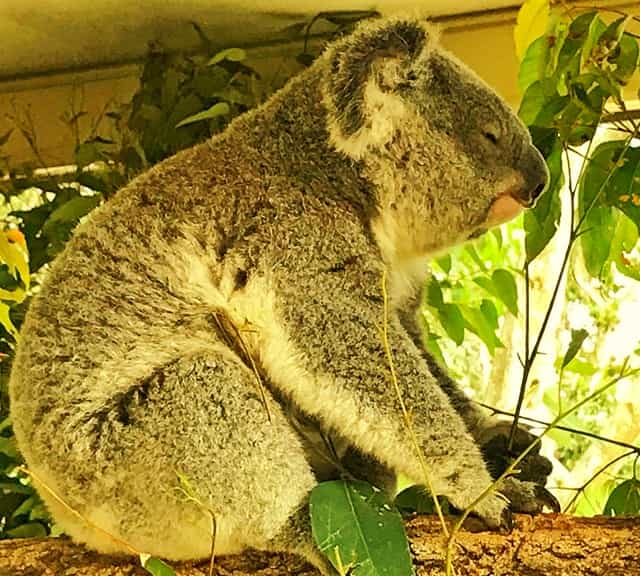
Despite a ban and restrictions on hunting koalas, today's koala population is still facing a lot of other challenges which are still responsible for their declining population. As usual the main culprit is the human intervention in this regard. Deforestation, minimized territories, loss of habitat, agricultural revolution, rapid urbanization, global warming and road-hits are one of the core factors that are directly impacting on the declining population of the koalas.
Deforestation, loss of habitat, agricultural revolution, rapid urbanization, global warming and road-hits are directly contributing to the decline of the koala population.
Furthermore; the Australian bushfires, droughts, and the Chlamydia are the other key factors which are also responsible for the koala population decline within the region. As long as these factors are expected to remain within the koala regions, there is no way that the koala population will experience an upward momentum.
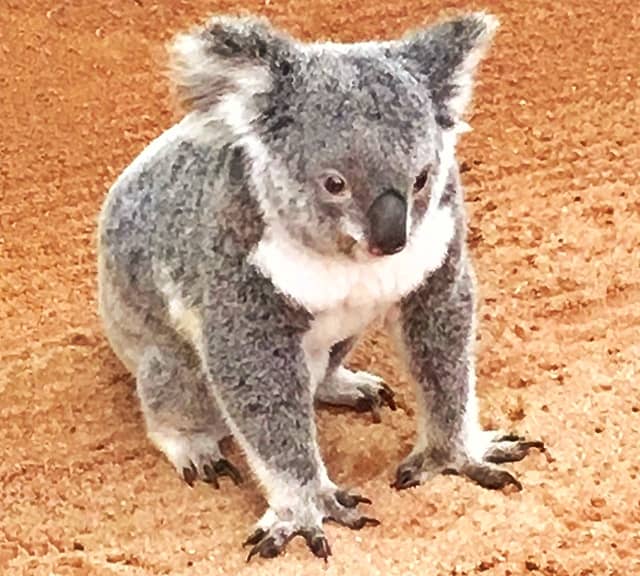
Koalas only survive on the Eucalyptus diet. No Eucalyptus trees mean no lifeline for the koalas and ultimately a decline within the koalas' population. Therefore; any destruction of the Eucalyptus either through the means of agricultural expansion or rapid urbanization means koalas' diet is compromised and they will starve to death. The destruction of the Eucalyptus also means koalas' distribution within the small territories.
Koalas only thrive on Eucalyptus tree diet. Therefore; any destruction of Eucalyptus through rapid urbanization or agriculture etc. means a death sentence to the koalas.
The competition of food is very serious among the koalas when the territories are small. Dominant males expel the other male koalas and they end up being hunted or die because of starvation. Minimization of territories also means inner-breeding and a certain death in the long run and a definite decline within the koala population.

Similarly; the Australian bushfire, droughts and the Chlamydia also have a negative impact on the koalas' population. Bushfire and droughts simply kill the koalas on the spot. It has also been observed that during the bushfires many people cut off the trees if the fire is reaching around their households to avoid being burnt down. Majority of these trees are believed to be Eucalyptus and their destruction ultimately declines the koala population.
Australian bushfires and droughts are also reducing the koalas' population while Chlamydia is another big threat which is spreading like HIV within the koalas and eating their population numbers.
Lastly; a very alarming disease which is also the enemy of the koala population includes the Chlamydia. It causes blindness, injuries to genitals and infertility within koalas which ultimate die because of it. Worst this disease spreads like HIV from one koala to another through breeding process. A recent study from Australia concluded that about 61% of the koalas within certain regions of Australia had Chlamydia. If a territory is small it is highly possible that the disease may spread through all the koalas and consequently resulting in a big decline within the koala population.
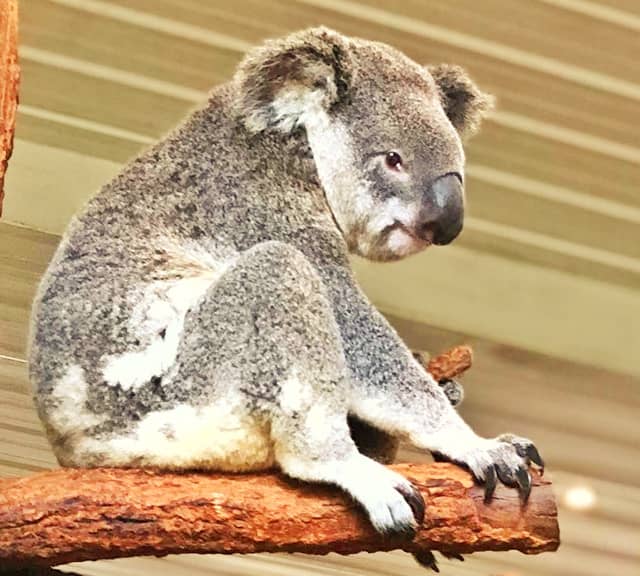
Even though it is impossible to revive a koala population back to millions but stopping a population from extinction and maintaining a stable population is very much possible. As of 2019; a lot of efforts are on the way for the conservation of the koalas in the wild. Several koala organizations and koala sanctuaries have been built to revive the koala population. In 2019, government departments are already planning and issuing millions of dollars to revive the Eucalyptus forests within Australia and to relocate koalas within them later.
A lot of plans are in process by the government and non-government organizations to conserve and revive the koala population. These plans include Eucalyptus revival, stopping deforestation, Chlamydia Vaccination, proper urban planning and proper population tracking etc.
Biologists are working on a vaccine that may prevent the koalas from contracting any Chlamydia disease in the future. Urban planners are even creating tunnels and bridges that connect koala passages which may also reduce the koala related roadside accidents. Engineers are developing drones to rapidly count the koala population. Therefore; many plans are already in the execution phase, the question is can we see a major revival within the koala population within the span of next 5 to 10 years?
